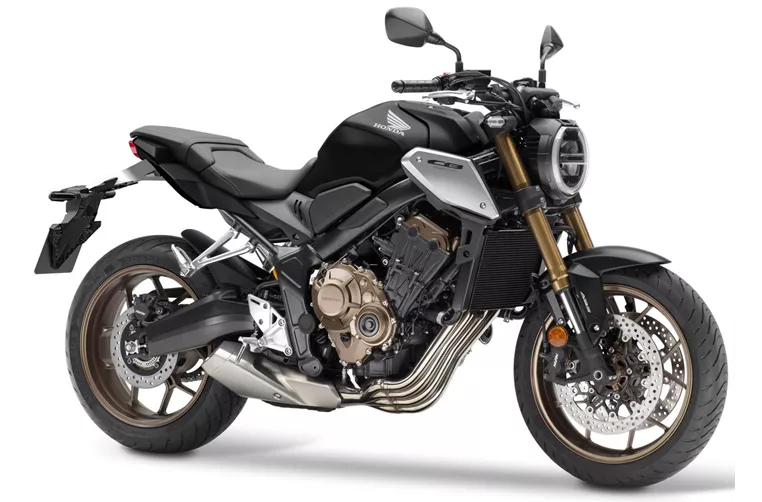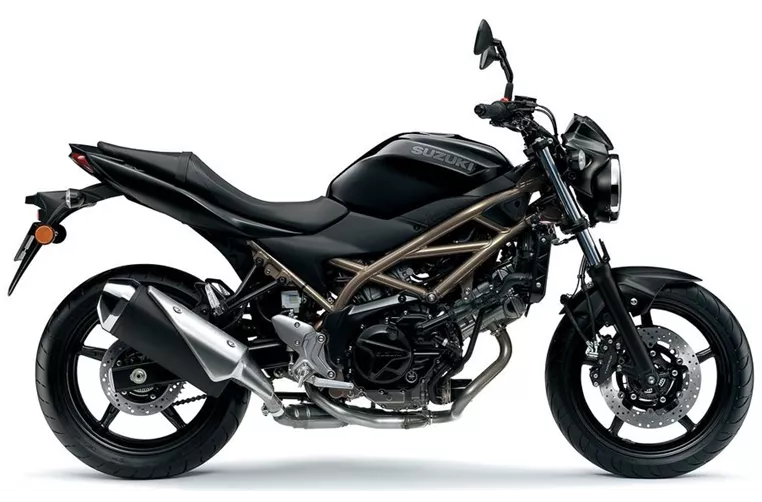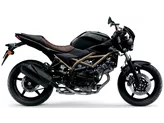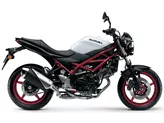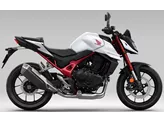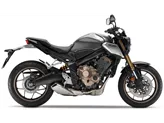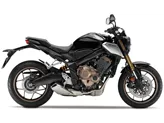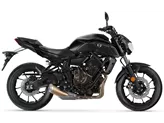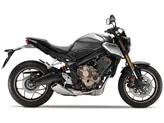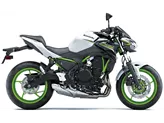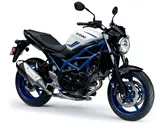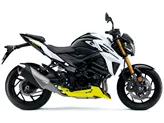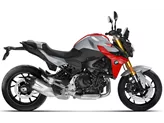Honda CB650R 2021 vs. Suzuki SV 650 2021

Honda CB650R 2021
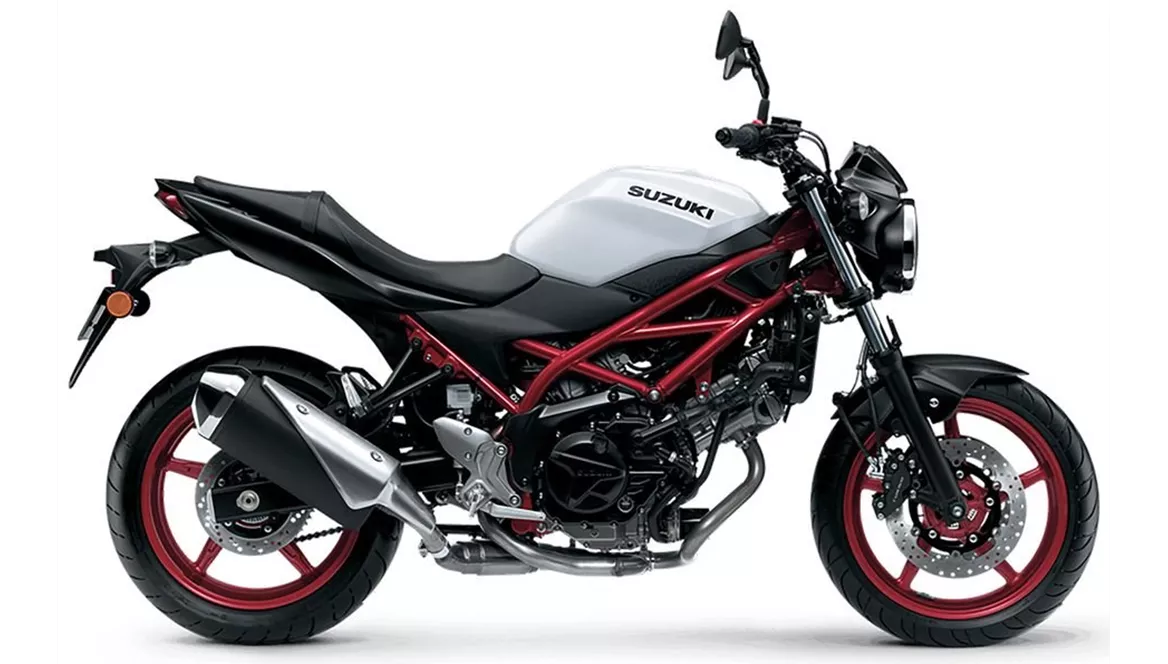
Suzuki SV 650 2021
Vue d’ensemble - Honda CB650R 2021 vs Suzuki SV 650 2021
The Honda CB650R 2021 and the Suzuki SV 650 2021 are both naked bikes that offer a thrilling riding experience. While they have some similarities in terms of engine type, fuel system, and suspension, there are also notable differences between the two models.
Starting with the engine specifications, the Honda CB650R 2021 is equipped with an in-line four-cylinder engine that delivers 95 horsepower and 63 Nm of torque. On the other hand, the Suzuki SV 650 2021 features a V-twin engine with slightly lower power output, generating 73 horsepower and 64 Nm of torque. Both bikes have liquid cooling systems, ensuring optimal engine performance.
In terms of design, the Honda CB650R 2021 stands out with its Neo Sports Cafe Optics, which gives it a modern and stylish appearance. It is considered suitable for beginners due to its manageable power and easy handling. The Suzuki SV 650 2021, on the other hand, offers a timeless look and a comfortable seating position, making it a great choice for riders who prioritize comfort during long rides.

Honda CB650R 2021
When it comes to handling, both bikes have swing arm rear suspensions with monoshock absorbers and preload adjustment. The Honda CB650R 2021 features an upside-down telescopic fork front suspension, while the Suzuki SV 650 2021 has a telescopic fork front suspension. These suspension setups provide stability and ensure a smooth ride on various road conditions.
In terms of braking, both bikes are equipped with double disc brakes at the front, with four-piston calipers providing reliable stopping power. However, the Suzuki SV 650 2021 has slightly smaller front brake discs compared to the Honda CB650R 2021, with a diameter of 290mm versus 310mm. It is worth noting that the Suzuki SV 650 2021 lacks electronic rider assistance systems, apart from ABS, which may be a downside for riders seeking advanced safety features.
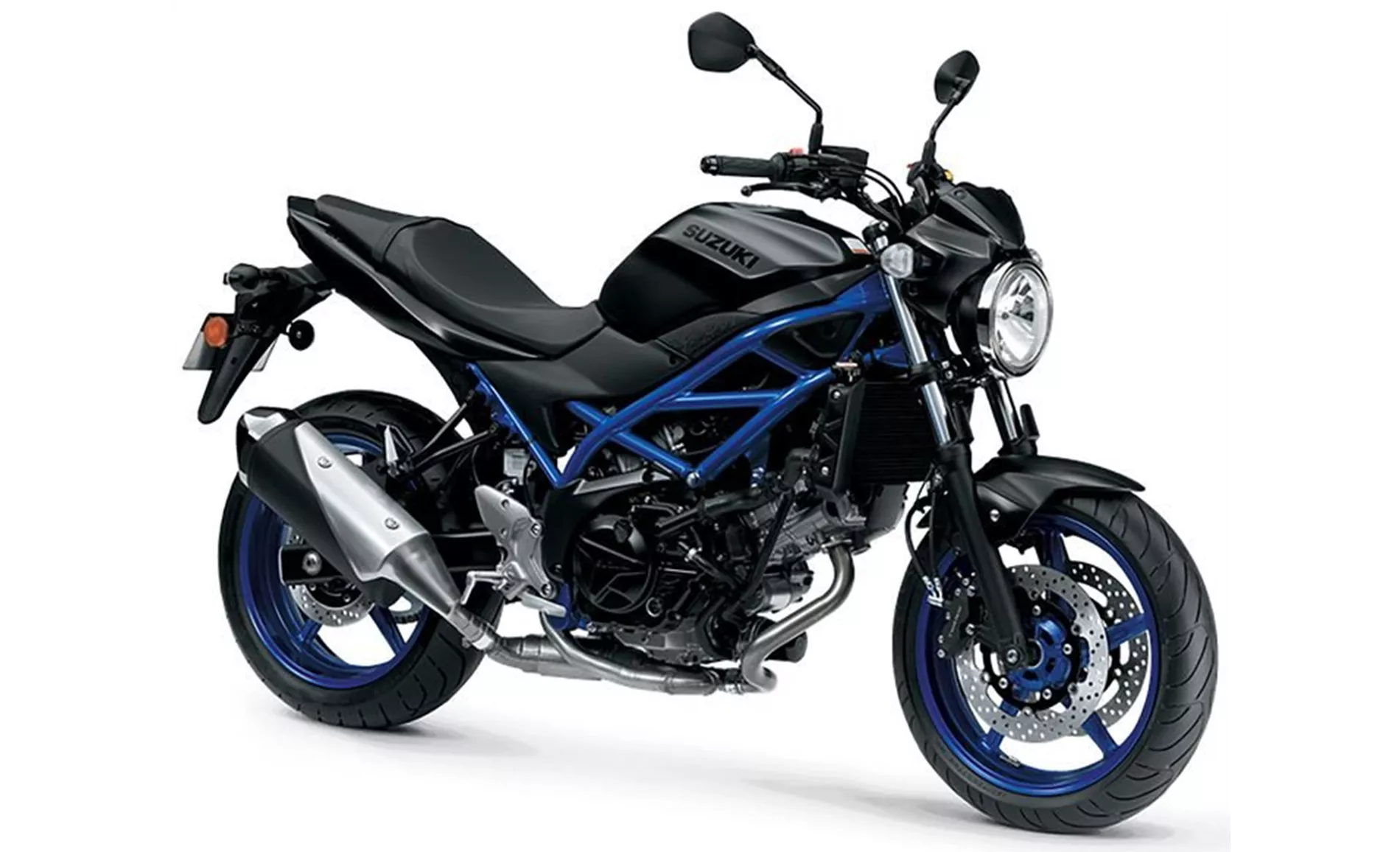
Suzuki SV 650 2021
When considering dimensions and weights, the Honda CB650R 2021 has a slightly longer wheelbase of 1450mm compared to the Suzuki SV 650 2021's 1445mm. The seat height of the Honda CB650R 2021 is also slightly higher at 810mm, while the Suzuki SV 650 2021 offers a lower seat height of 785mm. Additionally, the Honda CB650R 2021 has a larger fuel tank capacity of 15.4 liters, providing a range of 314km, whereas the Suzuki SV 650 2021 has a fuel tank capacity of 14.5 liters, offering a range of 353km. Both bikes have similar front and rear tire dimensions.
In terms of weaknesses, the Honda CB650R 2021 may not be suitable for taller riders due to limited space. It also has a mediocre equipment level and is relatively bulky compared to its competitors. Additionally, some riders may find that it lacks punch from the rev range. On the other hand, the Suzuki SV 650 2021 requires more manual force when braking and lacks electronic rider assistance systems, apart from ABS. The instruments on the Suzuki SV 650 2021 are also considered moderately readable.
In conclusion, both the Honda CB650R 2021 and the Suzuki SV 650 2021 offer unique features and strengths. The Honda CB650R 2021 is known for its modern design, beginner-friendly characteristics, and low consumption. On the other hand, the Suzuki SV 650 2021 stands out with its confident V-twin powerplant, stable chassis, comfortable seating position, and easy handling. Ultimately, the choice between these two models depends on the rider's preferences and priorities.
Caractéristiques techniques Honda CB650R 2021 par rapport à Suzuki SV 650 2021
Avantages et inconvénients en comparaison
Avantages et inconvénients en comparaison
Honda CB650R 2021
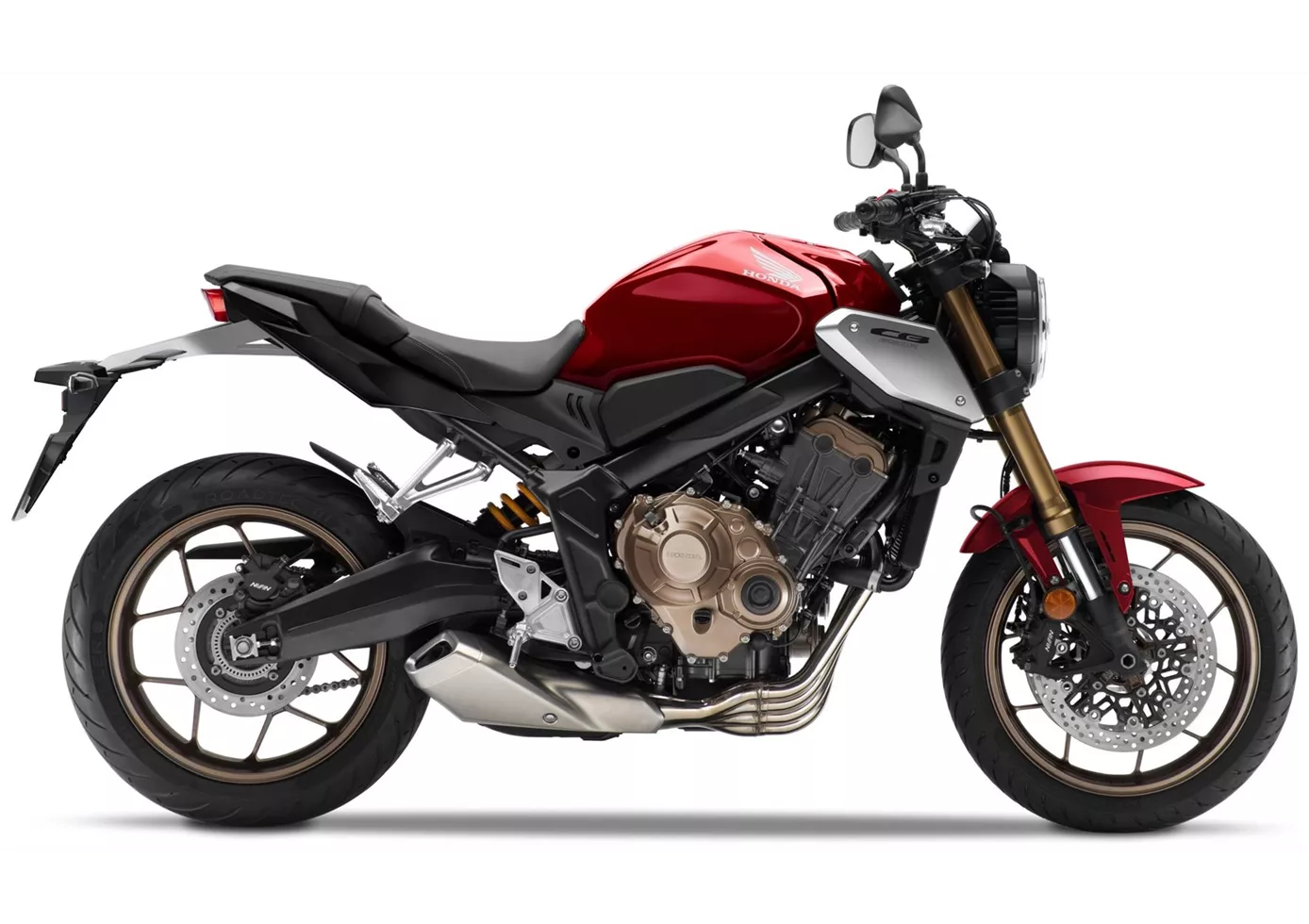
13 points sur 24 possibles signifient la 5e place dans le grand test comparatif des nakedbikes de classe moyenne 2021. La Honda se défend bien contre la concurrence techniquement plus avancée et peut laisser une moto derrière elle malgré sa position d'outsider. Un look agréable, une conduite accessible et un prix bas font passer au second plan les imperfections mises en lumière par la comparaison directe.
Suzuki SV 650 2021
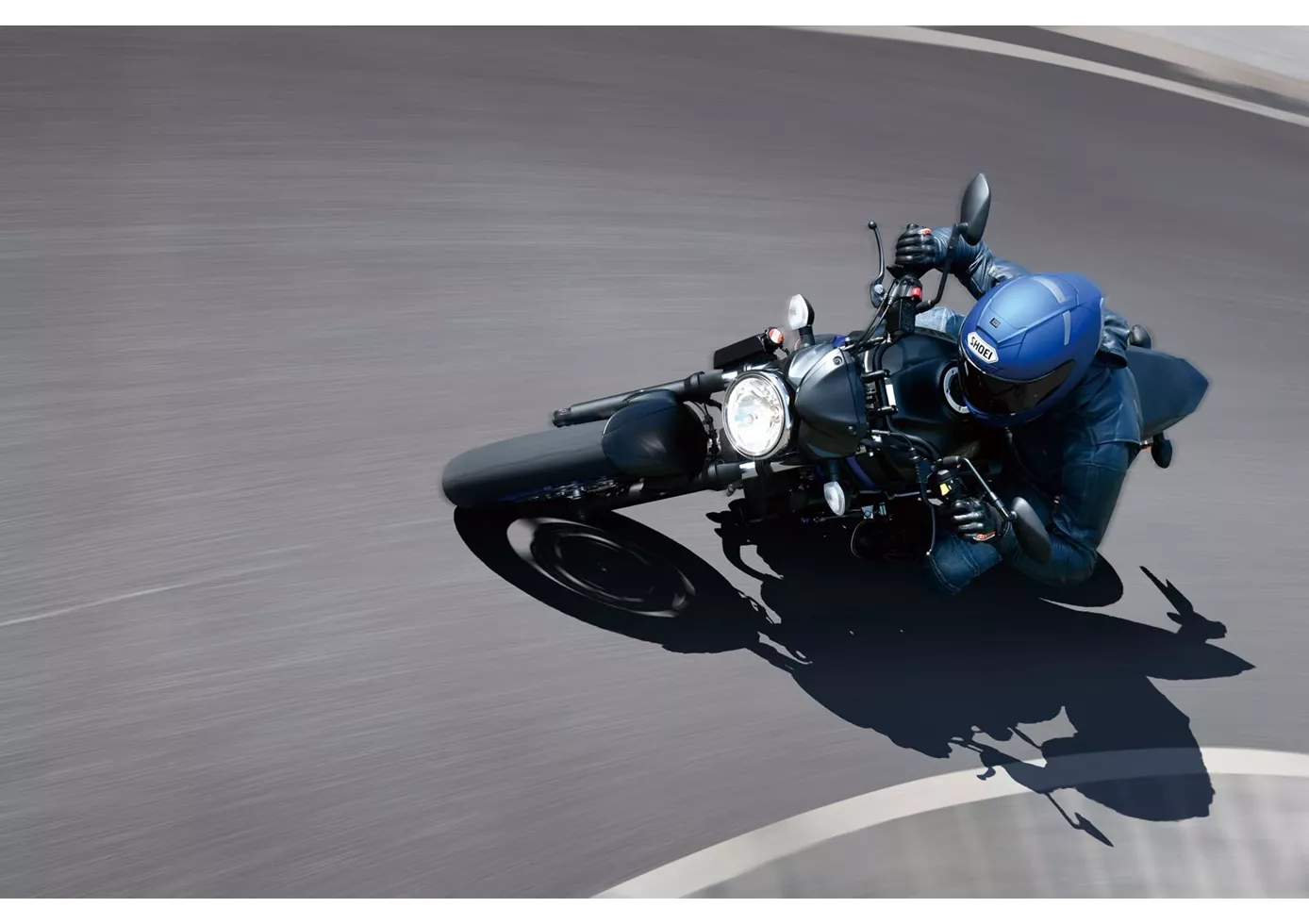
La Suzuki SV 650 n'a pas beaucoup évolué depuis cinq ans par rapport à son prédécesseur. Le moteur a été mis à jour selon la norme Euro5 et se présente désormais de manière encore plus adulte, ce qui lui permet de s'intégrer parfaitement au reste du package. La SV 650 ne veut effrayer personne, surtout pas les débutants. Le châssis donne une impression de solidité et de sérénité, le frein demande une bonne force manuelle pour éviter un surfreinage inattendu. L'optique est d'une part intemporelle, mais d'autre part vraiment un peu dépassée sur certains composants. En revanche, le prix est correct, comme d'habitude chez Suzuki.
Comparaison des prix Prix moyen du marché Honda CB650R vs Suzuki SV 650
There are a few key differences between a Honda CB650R 2021 and a Suzuki SV 650 2021. In terms of price, the actual average price of a Honda CB650R 2021 is about 16% higher. Compared to Suzuki SV 650 2021 there are less Honda CB650R 2021 bikes available on the 1000PS.de Marketplace, specifically 11 compared to 13. It takes less time to sell a Honda CB650R with 63 days compared to 111 days for a Suzuki SV 650. Since model year 2019 1000PS.de editors have written 23 reviews for the Honda CB650R and 25 reviews for the Suzuki SV 650 since model year 2005. The first review for the Honda CB650R was published on 10/8/2018 and now has more than 53,700 views. This compares to more than 14,200 views for the first review on Suzuki SV 650 published on 9/26/2008.
